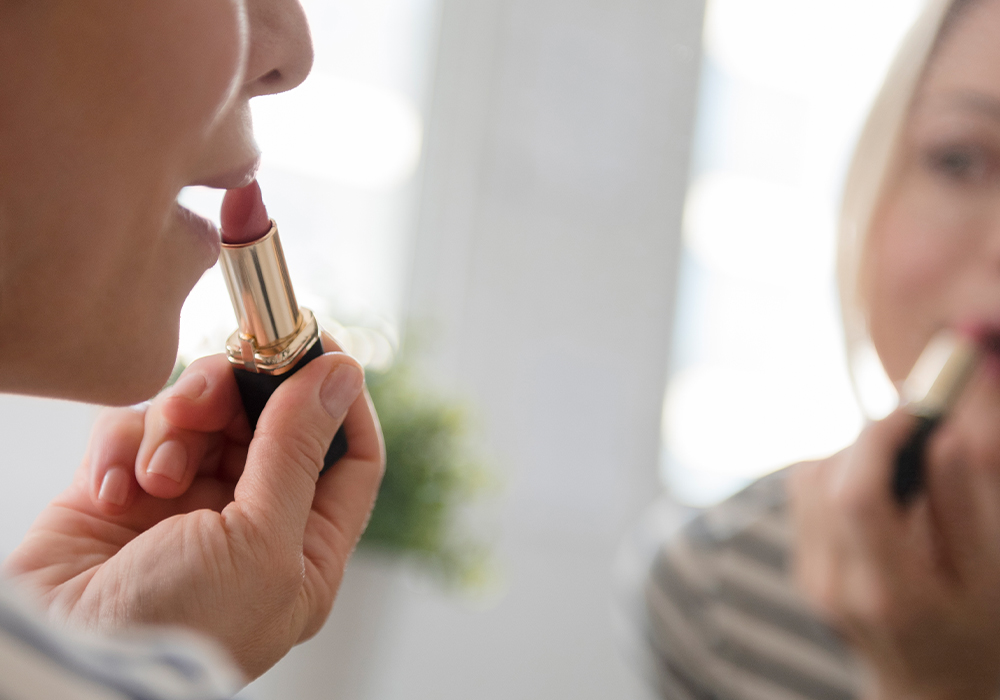Getting and staying stressed can have an effect on our hair, skin, nails and even our smiles. While a few nights of teeth grinding might not do much harm, a few months or years of clenching can really do a number on our look. Teeth whitening may take the number-one spot in our minds of what others see when we smile, but tiny chips, cracks and wear and tear on our tooth enamel are also factors that contribute to the health of our smiles. Here, top dentists explain why you’ll want to have your daily or nightly tooth-grinding routine examined by a professional.
The Stress Factor
“Stress-related ‘bruxism’—or clenching and grinding teeth—can lead to tooth damage such as cracks, chipping, fracture, tooth pain, tooth loss and jaw joint degeneration,” explains Charlotte, NC cosmetic dentist Patrick J. Broome, DMD.
Why do many of us cope with stress this way? Beverly Hills, CA cosmetic dentist Katherine Ahn Wallace, DDS says in response to stress, such as pain or breathing dysfunction, our body will enter into a fight or flight state. “This causes contractions of the jaw and facial muscles, which over time will result in the breakdown of some of the strongest tissues in our body, the teeth and jaw joints.”
The Worn-Down Look
After continuous wearing-down, Dr. Ahn Wallace notes that the minerals in our teeth end up getting “pulverized” from the thousands of pounds of pressure being exerted, leading to worn or chipped teeth: “The cartilage in the joints will also become dysfunctional, leading to clicking or crunching sounds in the jaw joint.”
What remains are teeth that may appear darker, shorter, cracked or misshapen. “Worn and chipped teeth tend to make us look older and less polished,” adds Dr. Ahn Wallace. “As our teeth become shorter from wear, our bite and jaw will over close, further compromising our airway and contributing to more grinding and stress to the jaw joints and the associated neuromuscular system.”
Getting Off the Grind
Before you can fix the aesthetics of the smile, Dr. Broome says you have to treat the root cause: “Management of destructive forces can be accomplished with appliances that cover the biting surfaces of teeth or keep your teeth apart during the day and/or night. Botox can also be used to relieve muscle spasms and reduce clenching muscle forces.” Once the issue is identified, he says porcelain restorations can restore the teeth once the bruxism has been fixed.
Dr. Ahn Wallace notes that once the grinding has been corrected, many other symptoms of bruxism will also be treated. “Because tooth grinding is typically the symptom of an underlying airway-related dysfunction, if the tooth wear is accompanied by comorbidities such as headaches, face or neck pain, limited jaw opening, sleep disorders, or jaw noises, we would first recommend a sleep study to determine the severity of the condition,” she explains. “Once a diagnosis is made, we assist our patients get the help they need to correct the root cause of the problem. Initial therapy involves stabilizing the TMJ, as the forces between the joint, jaw muscles, and teeth must be balanced in order for the new restorations to be in a healthy environment.”

















